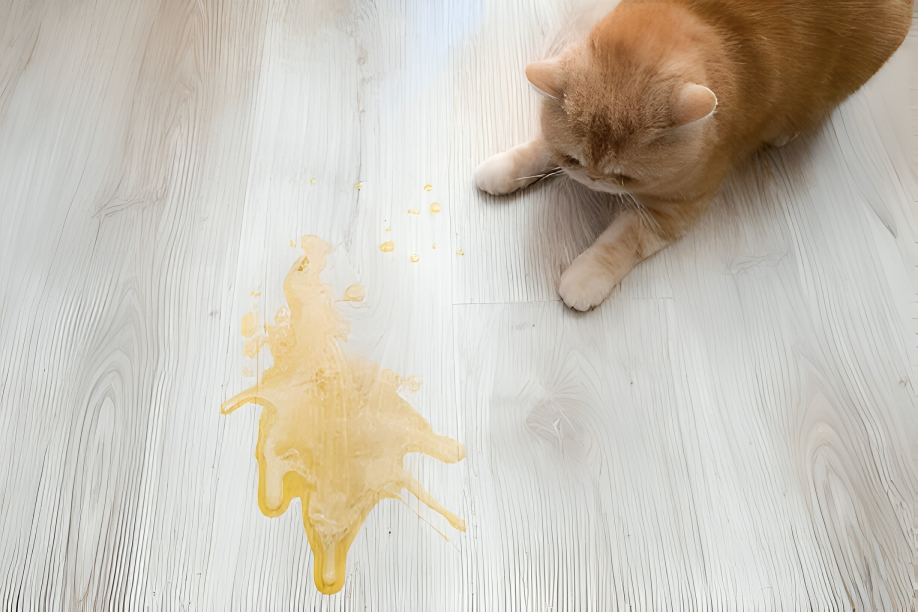If you’ve ever wondered, “Can cats really be trained like dogs?”—the answer is a confident yes, especially with Ragdoll cats. Clicker training, a positive reinforcement method using a simple click to mark good behavior, is gaining popularity among cat owners—and for good reason.
Ragdolls’ docile, people-focused nature, combined with their intelligence and curiosity, makes them ideal for trick training and behavior shaping. Whether it’s teaching “come” for safety, easing vet visits, or adding fun tricks to your bond, many owners see progress within days to a couple of weeks with consistent, well-timed rewards.
Think of it as speaking your Ragdoll’s language—clear, kind, and deeply rewarding. Ready to start? Let’s dive in.
What Is a Clicker & Why It Works for Ragdolls
A clicker is a small handheld device that makes a sharp, consistent click — a marker that tells your cat, “Yes, that’s exactly what I wanted!” When the click is consistently followed by a treat, the sound becomes a reliable signal predicting a reward (this is operant conditioning, or marker training).
It beats treats alone because the click marks the exact moment of the behavior — click the instant your cat’s paw leaves the ground for a jump, and there’s no guesswork.
For Ragdoll training, this precision pairs perfectly with their calm focus, helping them learn faster. Think of it as taking a snapshot of good behavior — clear, instant, and rewarding.
Why Ragdolls Learn Quickly (and what to expect)
Many Ragdolls — thanks to their affectionate, people-focused temperament — often engage quickly with clicker training. They tend to thrive on human interaction, making them eager to join short, focused sessions without the distraction of a strong prey drive (and yes, a few can still be stubborn).
Positive reinforcement can help them pick up simple cues like “sit” or “come” in as little as 3–14 days with consistent practice.
Because training feels like shared playtime, it deepens trust and strengthens your bond. Calm doesn’t mean unmotivated — it means your Ragdoll can focus fully on learning, making each click a step toward better communication.
Recommended Post
Tools & Prep — What You Need Before You Begin
Before your first click, set the stage for success. Choose a clicker that suits your Ragdoll — look for a comfortable size, tactile button, and adjustable volume for sound-sensitive cats (or even a target-stick model for advanced tricks). Test 2–3 high-value rewards (freeze-dried chicken, tuna flakes) and keep one “jackpot” treat for big wins.
Use pea-sized pieces (~1–3 kcal) and trim meal portions to balance calories; for treat-averse cats, try short play bursts or gentle chin scratches. Train in a quiet, enclosed space with a consistent mat or spot.
Aim for 2–3 short sessions a day, 2–5 minutes each, ending on a win. To “charge” the clicker, click and deliver the treat within 0.5–1 second, repeating 10–15 times until your cat looks for the treat after each click. Preparation now means smoother, faster learning later.
4 Simple Steps to Clicker Train Your Ragdoll
Starting from scratch? No problem—this process keeps your Ragdoll engaged, confident, and eager to learn without overwhelming them. Follow these steps in order, and you’ll build trust while shaping lasting behaviors.
Step 1 – Charge the Clicker
In a quiet space, click and reward within 1 second—repeat 10–15 times. Your Ragdoll should perk up at the click, expecting a treat.
Step 2 – Shape the Behavior
Break the trick into micro-steps. Use luring, capturing, or shaping—reward each tiny success to keep motivation high.
Step 3 – Add the Cue Word
Once the action is consistent, say the cue before they start moving—short, clear words like “Sit” or “Come” work best.
Step 4 – Fade Out Treats
Gradually reward 2–3 out of 5 correct responses, keeping occasional jackpots to maintain enthusiasm. If things don’t progress, try the troubleshooting tips below.
You Might Also Like
Common Problems and Fixes
Even the sweetest, smartest Ragdoll can hit a clicker training snag — but most issues have quick, science-backed fixes:
- Ignores the clicker → Re-charge in a quiet space using high-value treats (freeze-dried salmon, chicken).
- Loses interest after 2 minutes → Shorten sessions, rotate tricks, and end on a win.
- Only performs when treats are visible → Fade the lure early and switch to variable rewards.
- Confused by mixed cues → Teach one new command at a time and revisit old ones often.
- Startles at the click → Use a softer clicker or try a tongue-click.
- Sudden drop in performance → Check for pain, illness, or stress triggers.
- Slower progress in seniors → Use shorter, gentler sessions and extra patience.
Training setbacks aren’t failure — they’re just feedback. If progress stalls for over 4 weeks or you see aggressive or fearful behavior, consult your vet or a certified cat behaviorist.
Safety and Ethical Considerations
Safe, ethical clicker training means protecting both your cat’s body and trust. Never use punishment — it erodes confidence and can create lasting behavioral fallout. Keep treats tiny (pea-sized, ~1–3 kcal) and adjust meal portions to keep daily calories balanced.
Always train in a hazard-free space, and stop if you see signs of stress — ears back, tail flicking, pupils dilated, turning away. Choice is central to humane training: don’t force, let your cat choose.
Following the LIMA principle (Least Intrusive, Minimally Aversive) can mean swapping to a softer click if noise startles them, taking a break when body language tightens, or using more distance during tricky tasks. Respect, moderation, and consent are the cornerstones of safe training.
Final Thoughts
Clicker training isn’t just about teaching tricks — it’s about creating a shared language that builds trust, confidence, and connection with your Ragdoll. Even the shyest cat can blossom with patience, consistency, and a pace that respects their comfort.
Keep sessions fresh by mixing cues with play, exploration, and problem-solving. Remember the four pillars of lasting connection: Consistency, Adaptability, Enrichment Variety, and Celebration. Like turning the pages of a favorite book, each session adds a new chapter to your shared story.
Train not to “finish,” but to grow together — because the bond you build is the real reward. Tried this before? Share one sentence about your cat’s response (and a photo if you’d like) — by submitting, you agree we may feature your story.
You Might Also Like
Why Does My Ragdoll Cat Not Use the Litter Box? | CatsQuestion

Hi, I’m Mo Pavel—a writer, researcher, and devoted animal lover. With my Persian cat Luna and two loyal German Shepherds, Rex, and Max, I live a life centered around pets. Beyond my home, I care for stray dogs, ensuring they feel loved and safe. Through Cats Question, I share insights to help pet owners create better lives for their furry companions.






